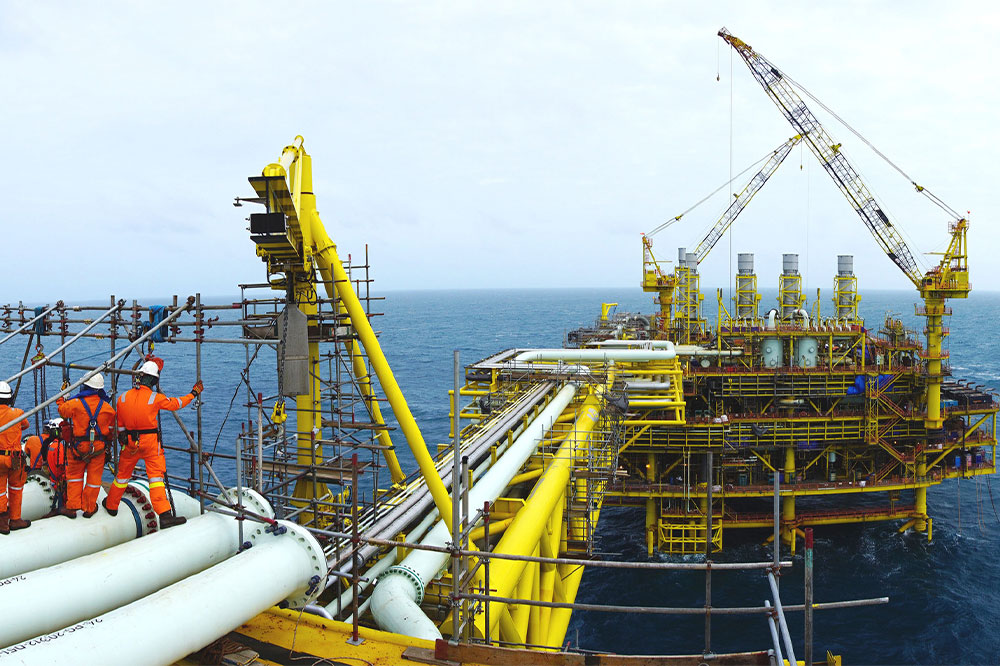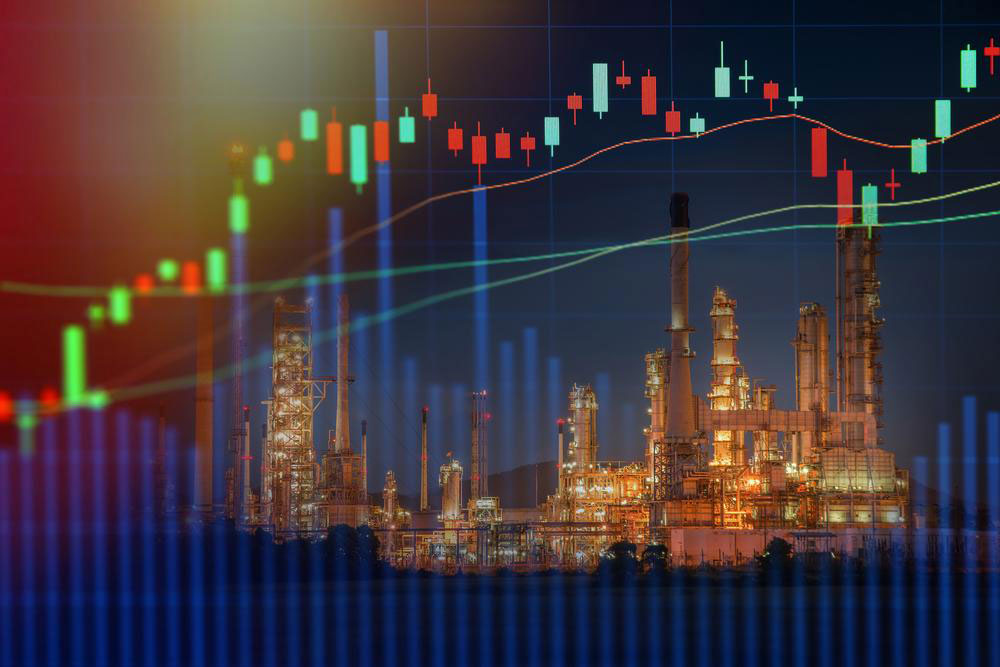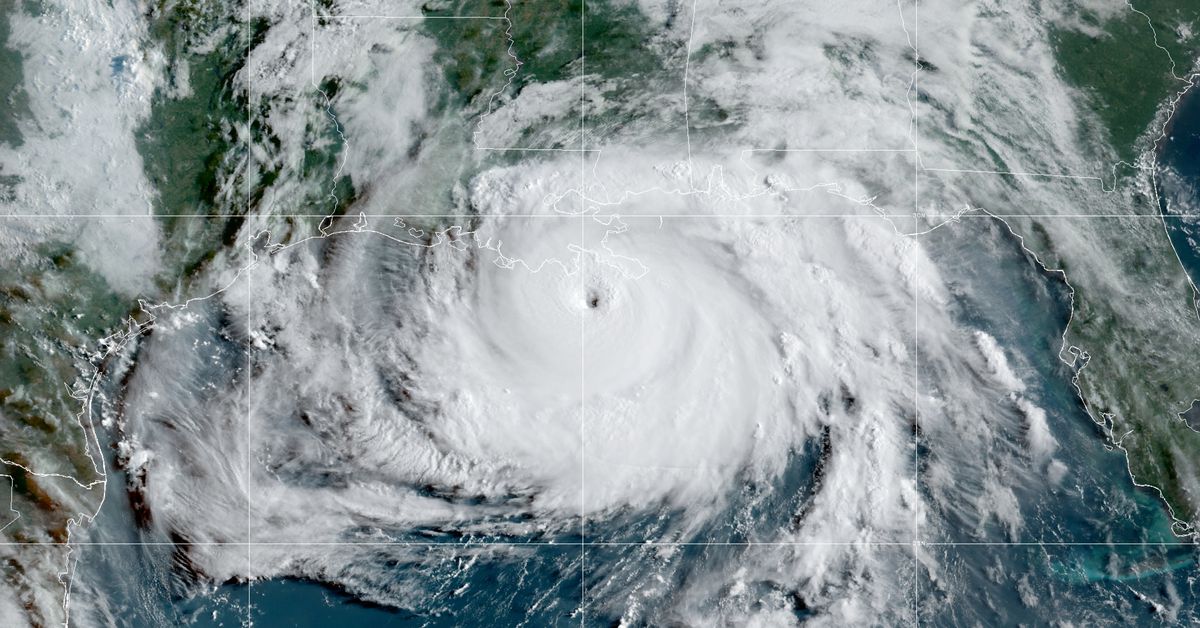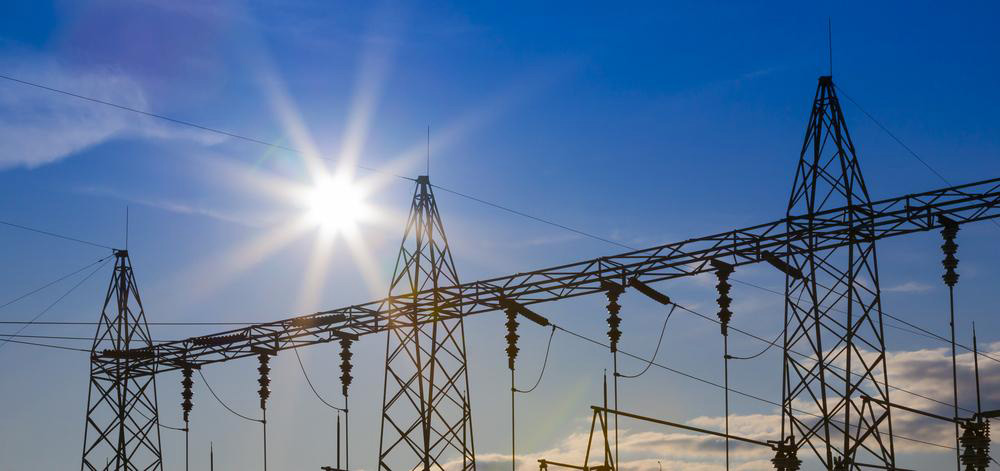Comprehensive Guide to the Oil and Gas Sector
Explore the essentials of the oil and gas industry, covering its main segments—upstream, midstream, and downstream—along with production methods, reserve classifications, and current domestic status. Understand how hydrocarbons are formed, measured, and utilized, and gain insights into global industry players and sustainability efforts. This guide offers a clear overview of a vital sector powering the world’s economy and energy needs.

Comprehensive Insights into the Oil and Gas Industry
The oil and gas sector remains the primary energy source globally, fulfilling about 70% of national energy needs. Valued at nearly $5 trillion, it is the largest industry in the world. Here’s a detailed overview of this complex sector:
Main segments:
Upstream: This phase involves exploration and extraction activities, including geological surveys and land rights acquisition, aiming to discover underground and underwater reservoirs of crude oil and natural gas. Crude oil varies in density and sulfur content, with light, sweet crude being more desirable due to easier refining. Natural gas exists in associated and non-associated forms, including wet gas and dry methane. Post-exploration, drilling occurs both offshore and onshore to produce oil and gas.
Midstream: This phase manages transportation and storage, delivering extracted resources to refineries using pipelines, ships, and trucks.
Downstream: This segment refines crude oil and natural gas into usable products like petrol, diesel, jet fuel, liquefied petroleum gas, and various petrochemicals, which are supplied to end consumers.
Other companies provide well-maintenance and construction services, contracted to support field operations. Integrated oil companies operate across multiple segments, ensuring streamlined operations.
Fuel Composition: Both oil and gas consist of hydrocarbons derived from the remains of ancient organisms trapped in sedimentary rocks. These hydrocarbons form reservoirs at specific geological locations, which are accessed through drilling.
Production Metrics: Oil output is measured in barrels (bbl), with quantities denoted as barrels per day or per quarter; 1 million barrels equal MMbbl. Gas production is calculated in cubic feet, with units like MMcf for millions, Bcf for billions, and Tcf for trillions of cubic feet.
Oil Reserves: Reserves mark potential sites with confirmed oil or gas deposits, categorized as proven (90% certainty), probable (50%), or possible (10%) based on extraction likelihood.
Current Domestic Landscape: The country is among the top global producers of crude oil and petroleum. About 20 states contribute significantly, supported by thousands of wells, platforms, refineries, and facilities, making it energy self-sufficient. It also exports surplus fuels. Key players include Saudi Arabia, Canada, China, and Russia. Growing demand and environmental concerns have propelled natural gas production due to its lower emissions.









